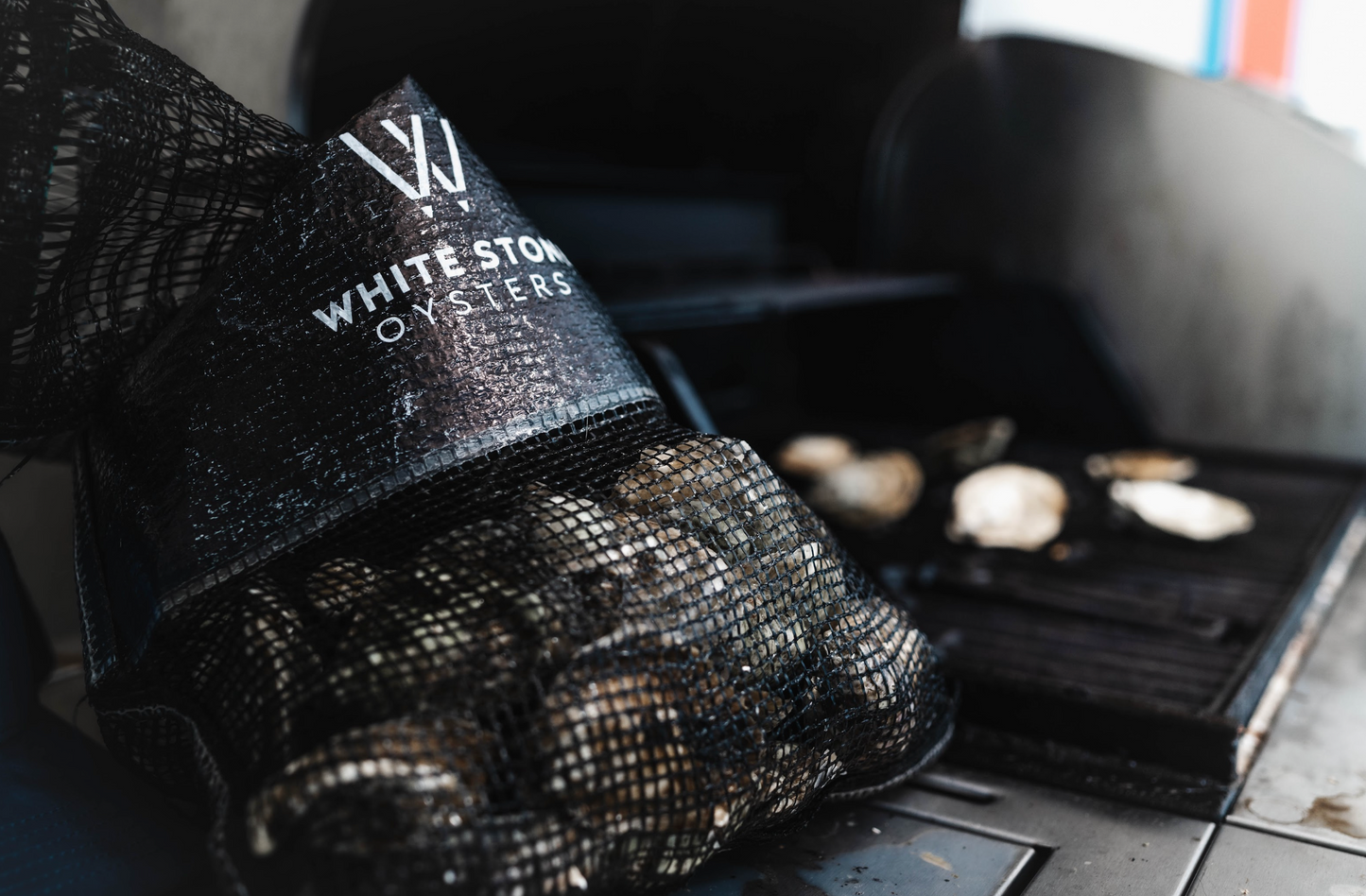
Oysters worldwide are renowned as a beloved delicacy. Their unique taste results from a combination of factors such as environment, diet, and genetics. At White Stone Oysters, we investigate the science behind oyster flavor and look forward to sharing our findings with you. Discover the complex factors that influence the taste of oysters in our article. We explore everything from the salinity of their water to the umami flavor of glutamic acid. Learn why White Stone Oysters have a unique, delicious taste that's truly special.
Factors that Affect the Taste of Oysters:
Merroir:
Filter feeders, such as oysters, take on the flavor of their environment--merroir--depending on where they're raised. For example, White Stone Oysters are grown in floating cages that allow them to absorb sun-rich nutrients from the surface of the water. Consequently, this creates an oyster with a unique flavor profile: a beautiful vegetal taste with mushroom notes, mild salinity, and an umami finish.
Salinity:
The salinity of the water affects the flavor of the plankton and algae that oysters consume, which in turn affects their taste. Oysters in saltier water tend to be saltier, while those in milder water have a more delicate flavor. White Stone Oysters land somewhere in the middle, with a mild Chesapeake Bay flavor.
Temperature:
The temperature of the water affects the metabolism of oysters and the composition of the plankton and algae they consume. Oysters in colder water tend to have a sweeter, milder flavor, while those in warmer water have a more robust and briny flavor.
Diet:
The diet of oysters plays a significant role in their taste. Oysters that feed on algae and phytoplankton tend to have a milder, delicate flavor, while those that feed on diatoms and other microorganisms have a more complex flavor.
Genetics:
Different species and varieties of oysters have different flavor profiles. Our Crassostrea Virginica oysters have a unique flavor with sweet mushroom and vegetal notes at the forefront and a salty miso finish.
Umami Flavor:
Glutamic acid, found in high concentrations in oyster colonies, attributes the umami flavor to oysters. White Stone Oysters, grown together in tight clusters, tend to acquire this flavor.
Learning to taste the differences in oysters is easy and can be an excellent way to express different flavors without overpowering the palate. We commit to providing the best-tasting oysters with a unique, delicious flavor at White Stone Oysters.
For more oyster knowledge, visit our blog. Or, order your oysters now.
← Older post Newer post →
